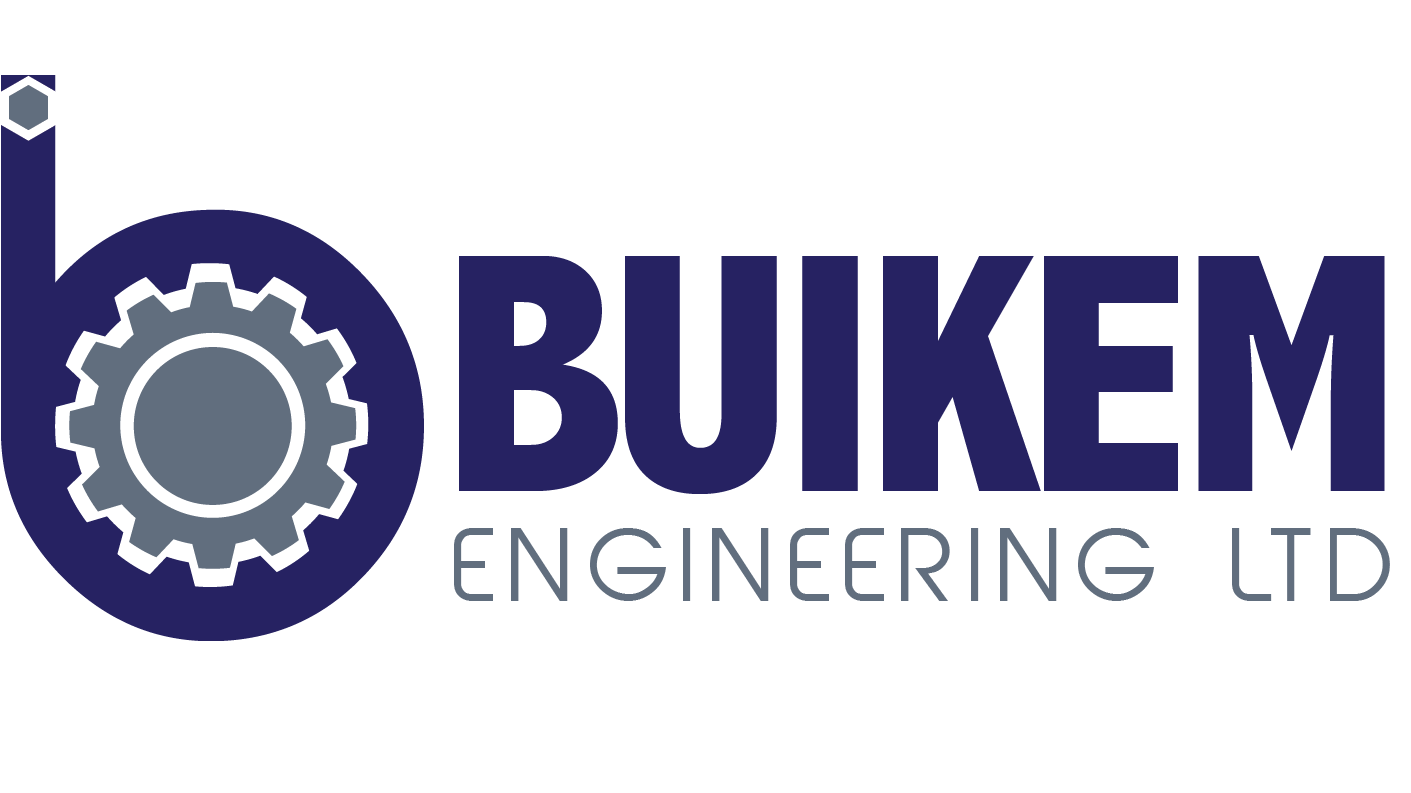
Urbanization and infastructure: Balancing Growth with Infastructure Development.
The rapid pace of urbanization presents both opportunities and challenges for civil engineers tasked with developing and maintaining and infrastructure in modern cities. This article explores the intricate relationship between urbanisation and infrastructure development, highlighting the need for strategic planning, innovation, and collaboration to create sustainable and resilient urban environments.
The Urbanization Imperative:
Urbanisation is a global phenomenon characterized by the increasing concentration of population, economic activity, and infastructure in urban areas. As cities expand and densify, the demand for critical infastructure such as transportation, water supply, energy, and housing escalates, placing significant strain on existing systems. Civil engineers play a pivotal role in addressing these challenges by designing, building, and managing infrastructure that can accommodate the needs of growing urban populations.
Integrated Planning and Design:
Effective infrastructure development in urban areas requires integrated planning and design approaches that consider the complex inter connections between various systems and sectors. Civil engineers collaborate with urban planners, architects, policymakers, and stakeholders to develop comprehensive solutions that enhance mobility, accessibility, sustainability, andd quality of life. This includes adopting transitoriented development, mixed land use zoning, green building practices, and smart growth strategies to create vibrant, livable, and resilient cities.
Transportation Infrastructure:
Transportation infastructure is a cornerstone of urban development facilitating the movement of people and goods within and between cities. Civil engineers are tasked with designing and implementing transportation network that are efficient, safe, and environmentally sustainable. This include investing in public transit systems, pedestrian and cycling infrastructure, intelligent transportation systems, and innovative mobility solutions to reduce congestion, air pollution, and carbon emissions.
Water and Sanitation Systems:
Access to clean water and sanitation is essential for public health, economic development, and environmental sustainability in urban areas. Engineers design and manage water supply, wastewater treatment, and stormwater management systems to ensure reliable and resilient services for urban residents. This includes implementing green infrastructure, decentralized water solutions, and water reuse technologies to enhance water efficiency, reduce pollution, and mitigate flood risks.
